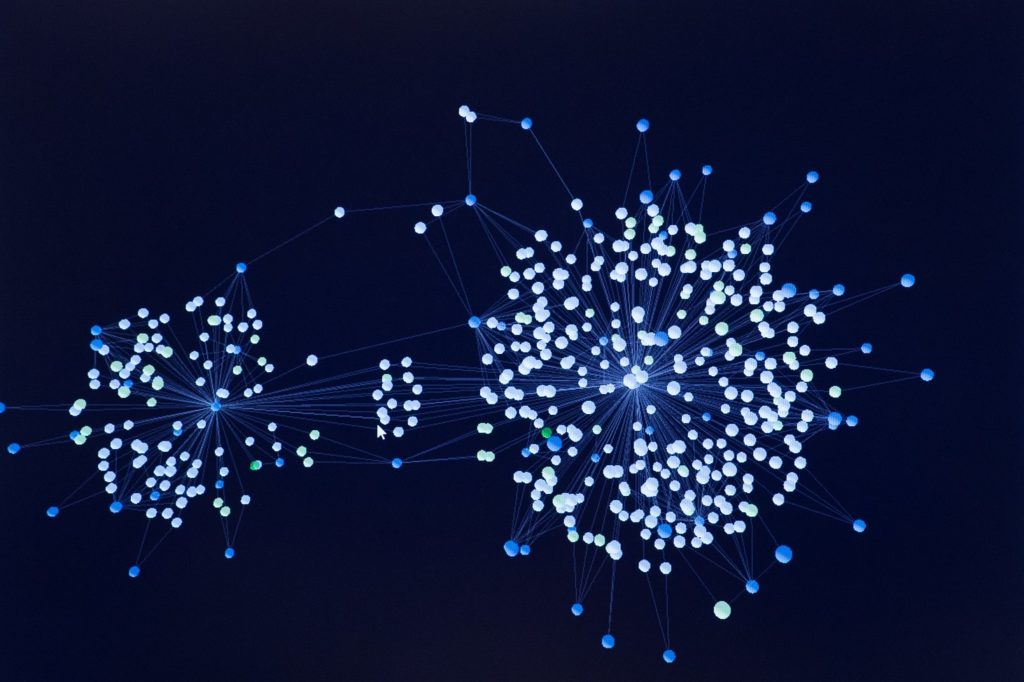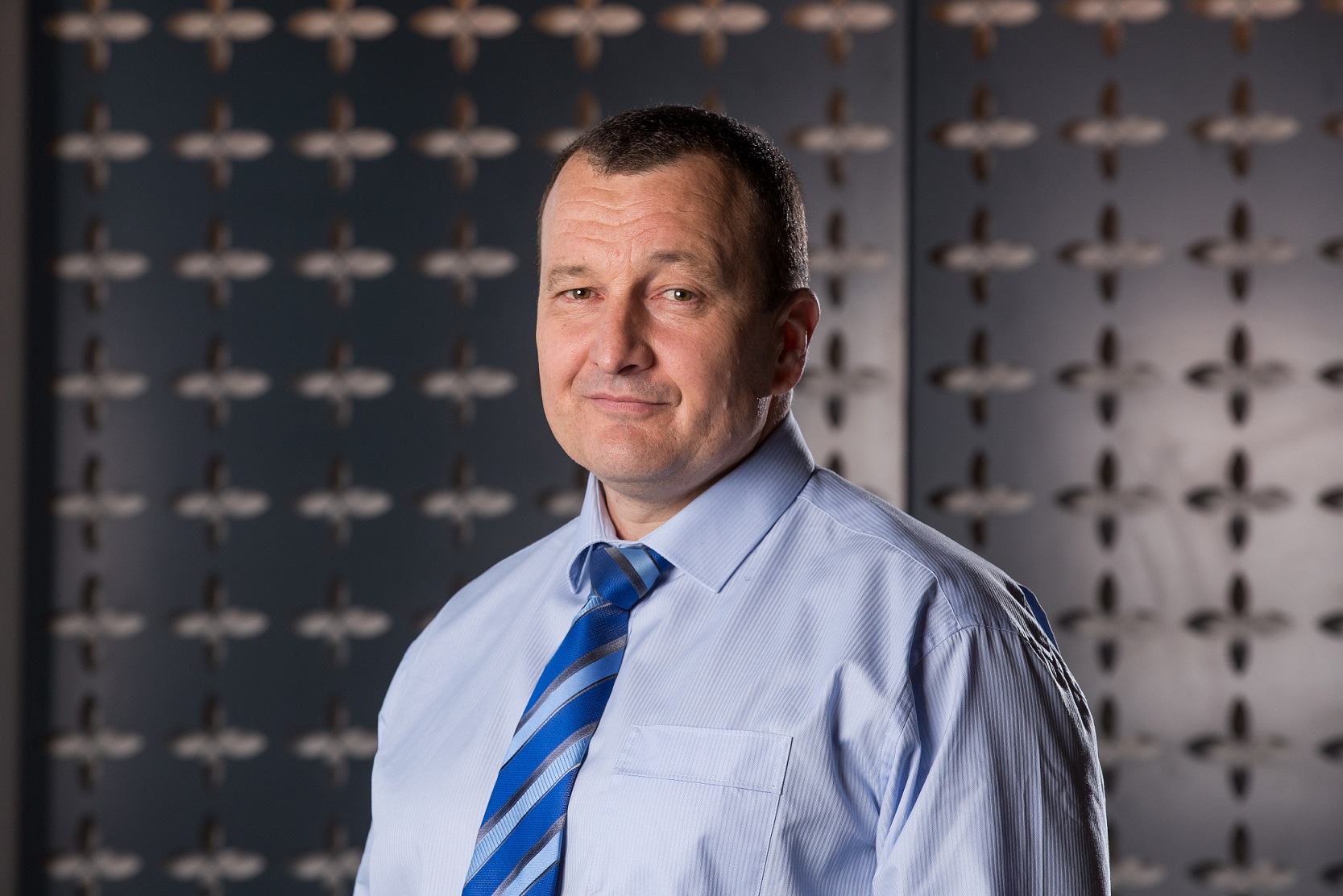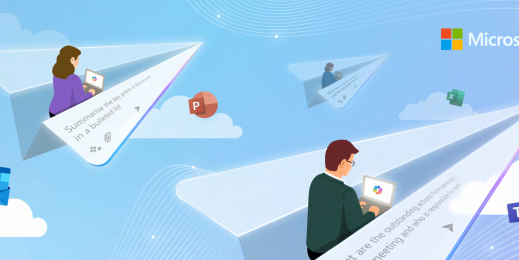
WA Police use cloud and AI to track criminals’ digital footprints
Most crimes leave digital footprints; a trail of emails, texts, social media posts, photographs, CCTV footage. Very quickly the collection of data balloons – for example, over 2.8 terrabytes of data are seized in every case involving digital evidence which is managed by the Western Australia Police Force (WAPF).
These data collections feature critically important information, and police diligently work their way through the data looking for clues, for patterns and relationships – ultimately for evidence.
But as a manual task it’s enormously time consuming and the sheer volume of information means things can be missed and connections overlooked. If there is content that needs translating into English there are further delays and costs.
A pilot of a cloud-AI based Australian developed solution has demonstrated how a different approach can deliver massive productivity benefits. Automating the analysis of information and material which police have collected during the course of their investigation frees officers from the grunt work, allowing them to focus on more value adding tasks.
The solution is not designed to trawl for evidence, but instead to make sense of the very large quantities of information collected during an investigation.
Using a cloud-based platform that ingests and analyses large quantities of information without contamination, and by applying artificial intelligence techniques, the solution is accelerating the speed at which important investigative avenues, evidence and insights are surfaced.
Detective Inspector Tim Thomas, is in charge of covert online operations, digital evidence operations and cyber-crime investigations for the WAPF. With around 8,000 personnel working in the WAPF Thomas is constantly scouring for opportunities to do things differently, exploring what might be possible to support grassroots policing.
Thomas explains the power and the peril of data, citing the Yorkshire Ripper case as an example of how critical information can hide in plain sight. “During the Yorkshire Ripper investigation the West Yorkshire Police were overwhelmed with information. Whilst they interviewed the murder, (Peter) Sutcliffe, on nine separate occasions the information management challenges were very obstructive. Put simply, they were unaware of information which they had. Whilst information technology alleviated this problem for a while that grace period is now over. The same technology which saved us is now swamping us with incomprehensible quantities of information. Something has to change, and that’s the point of the Data & AI platform proof of concept (POC), to help us find the important information we don’t realise we have.”

Investigating opportunities
Thomas wanted to see if technology could be deployed to shine a bright light on data collections and surface important information and patterns in a reliable and trustworthy manner.
Working with Microsoft, and Microsoft partner Modis, WAPF ran a pilot using Modis’ Data & AI platform that was able to take in information and analyse it efficiently, and also handle translations of data using Azure based cognitive services.
The early results have been impressive. Anthony Doig, Director of Innovation for Modis notes; “We’ve found addresses or bank accounts or firearms in hundreds of thousands of images and are taking a few hours to do that rather than a few months. It’s generating reports in seconds.”
Importantly the pilot showed that it was possible to identify links that might take a long time to identify manually. “It has found a photo of a person, and then completely different data, say a text message or the mention of that same location the day before, so you can start connecting up those pieces of information and presenting them back to police.”
In one case the platform examined data associated with an investigation that had been underway for six weeks and identified 18 points of interest to present to the police. “Some of those things they already knew, which was good. There were a few things that we found that weren’t actually important – but there were other things that we found that were important to the investigation and we found that using the Data & AI platform in a 24-hour period, for an investigation that had been running for six weeks,” says Doig.
“One of the best things about Data & AI platform” states Thomas, “is how easy it is to use the results in the judicial system. The Modis platform isn’t changing anything or drawing any scientific conclusions, its just working out the relationships which exist within and between police information sets. At the end of the day it’s the information itself which is the evidence, and we already possess that information so using it in court is simple.”
Nichole Whyte, Public Safety and National Security lead for Microsoft Australia says; “Having a close relationship with WAPF over many years, we were very aware of the challenges that law enforcement faced with the explosion of digital evidence. It was clear that the information WAPF had gained over the decades was an asset that needed to be better utilised.”
“With cloud and the launch of our Azure Central Regions in Canberra, it was no longer the case of technology needing to catch up to support policing and other similar agencies, the question was more around the art of the possible and how we could work together in partnership to explore and transform investigations today. In sharing the concept with law enforcement and intelligence agencies around the country and even overseas, it became apparent from the feedback received and input provided that we had a unique opportunity to exponentially improve productivity and empower analysts and investigators with insights to improve the speed of investigative response.”
Thomas states that the pilot has assisted police significantly. “The trial has involved the use of some operational matters which can’t be discussed, but it has helped us.
“The Data & AI platform did some language translation in five minutes which, given the ebb and flow which affects all criminal investigations, had previously taken 12 months.”
The speed, efficiency and accuracy delivered by platform has the potential to change policing across the world according to Thomas.
“The new platform will be a paradigm changer for police. At the simplest level our analysts and investigators will recover hundreds of hours of time which they were spending on mundane data management tasks, and we’ve barely begun to explore the high end potential. I’ve seen the Data & AI platform present complex information patterns in minutes, it does things which we just couldn’t do before. I can’t begin to tell you how profound the change is going to be, it truly is the art of the possible.”

Future potential
The range of potential applications for the platform is immense. Eventually Thomas says; “We’ll be able to do things like, “Show me all of the photographs in police possession taken with this camera, or show me all the information we have which originated at this place. No police agency can currently do these things.”
“So you say, “Well, how is that relevant?” Here is a simple example, if we catch a person who has been creating child pornography we will be able to find every picture in our possession which they took quickly and easily. This will allow us to rapidly gain massive insight into where this person has been, who their associates are and what they’ve been doing. Maybe we’ll find victims we didn’t know about before. That’s what I mean about it the effects being profound, and that’s just a simple example.”
Modis’ Anthony Doig explains that the platform is agnostic to the type of information that it can search and match. “There is a huge amount of information that they need to process and get across and very diverse types of information – so it could be one mobile device and social media, financial transactions, documents, images, stuff out of core policing systems which is very rich.
“Identifying what information is in those complex and diverse data sets but also the relationships between them is a complex job,” he says, made more challenging by the finite resources available to the police.
Modis’ Data & AI platform which is based on Microsoft Azure is able to ingest large scale data sets of very diverse nature, store that securely and run analytics over the collection. Because the underlying original data is held elsewhere there is no risk that the chain of evidence is compromised, the platform essentially has ingested a copy that can be worked on.
Smart analytics developed specifically for WAPF have shown how the data collection can be scoured for links between individuals and data. Using Azure Cognitive Services allows the platform to translate non-English text on the fly.3
Running on Azure the system leverages Blob Storage, HD Insight and a range of Azure Cognitive Services for translation, facial recognition and text and image analytics.
According to Doig during the pilot WAPF measured 90 per cent productivity improvements in terms of its ability to use digital information in an investigation.
“They’re spending far less time transforming digital information – down into seconds, minutes or hours rather than spending days, weeks or months doing things. There’s a huge productivity gain around that,” he says, while the platform has demonstrated it can surface insights that manual searches haven’t revealed simply because the sheer scale of the data collections being explored.
Besides the benefits for the Police and ultimately the WA community, Doig says that working on such an important project has delivered a real flip to Modis staff. “We do a lot of work in other industries where we’re optimising transport networks or supply chains, helping companies reduce cost or improve productivity,” says Doig.
While Modis staff are engaged by and committed to that work – they relish the opportunity to be involved in a project such as this with WAPF where there is such a clear community impact and benefit.
And it is a game changer says Thomas.
While the Data & AI platform isn’t intended to change the way police operate – they will still collect information, interview suspects, and analyse reports – the speed at which they receive those reports and the comprehensiveness of the insights that are presented in them will be significantly improved.
Thomas provides the following analogy, “It is a paradigm changer. It’s a bit like going from a spoon to a knife and fork. It doesn’t sound like much, but you know, six dinners later you’re going, “Wow, this is really making a difference.”
















